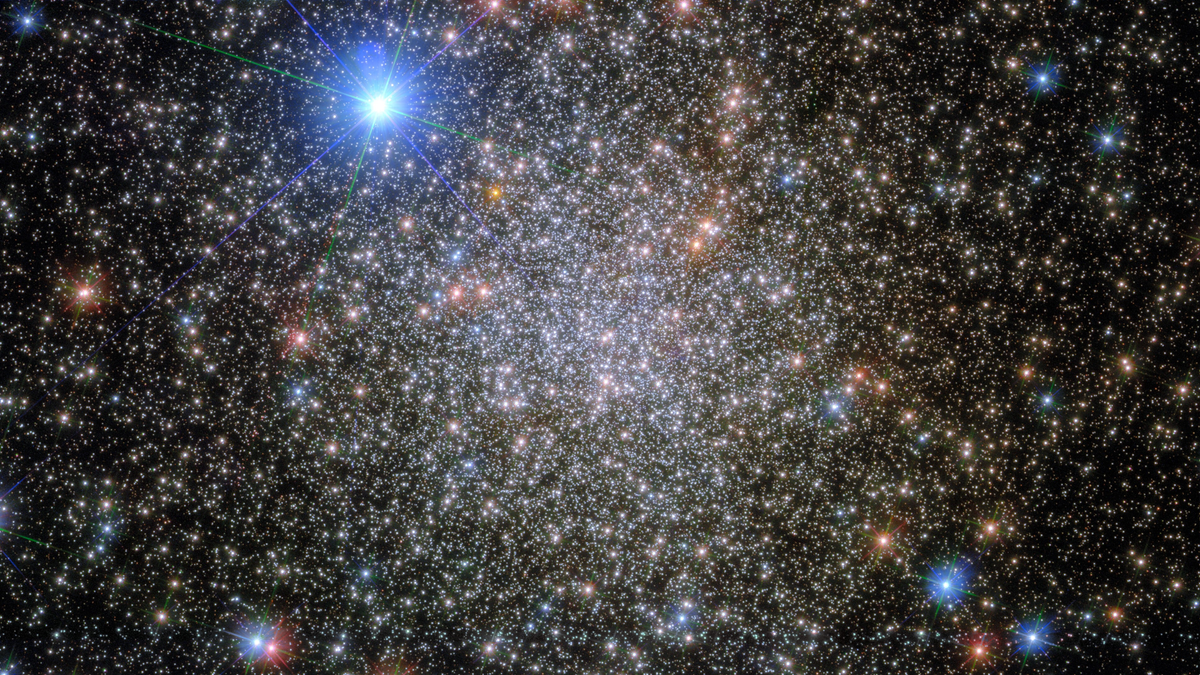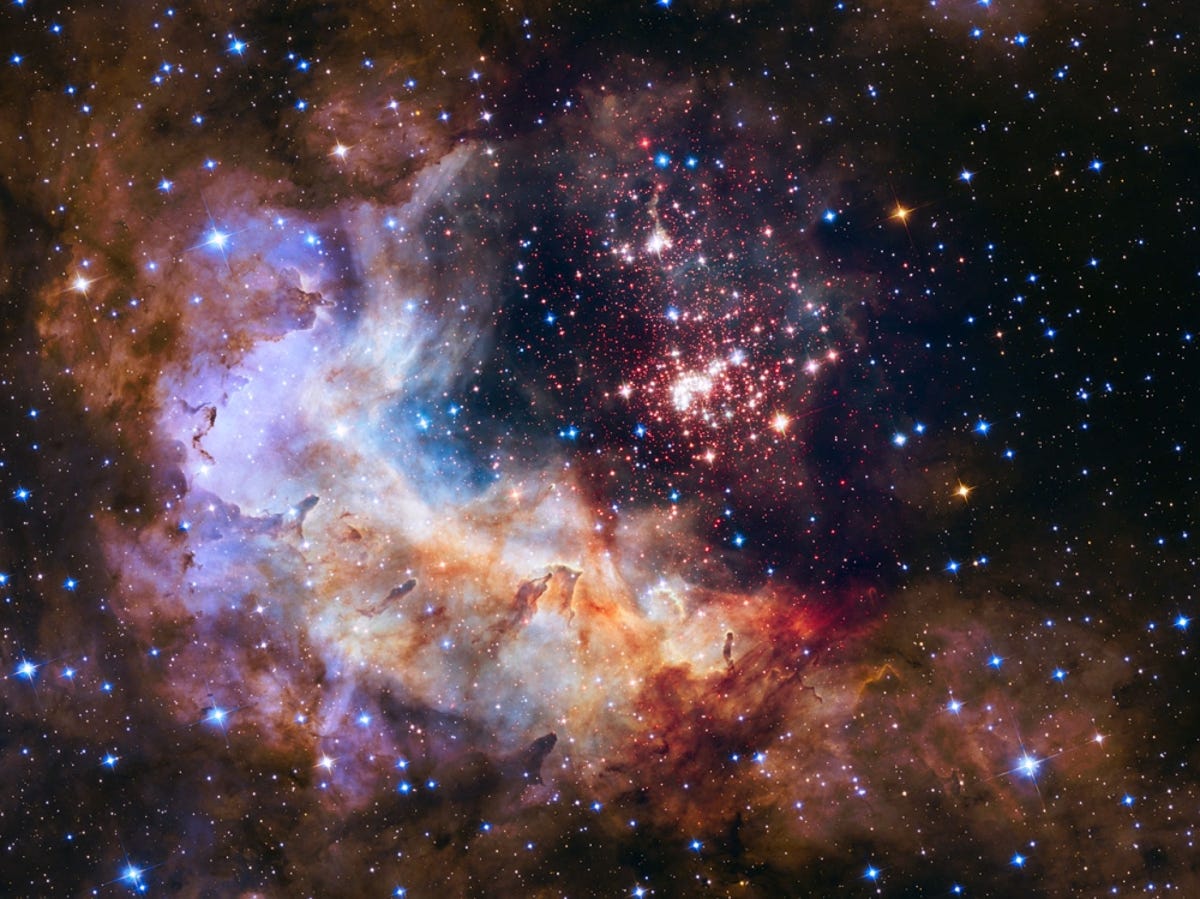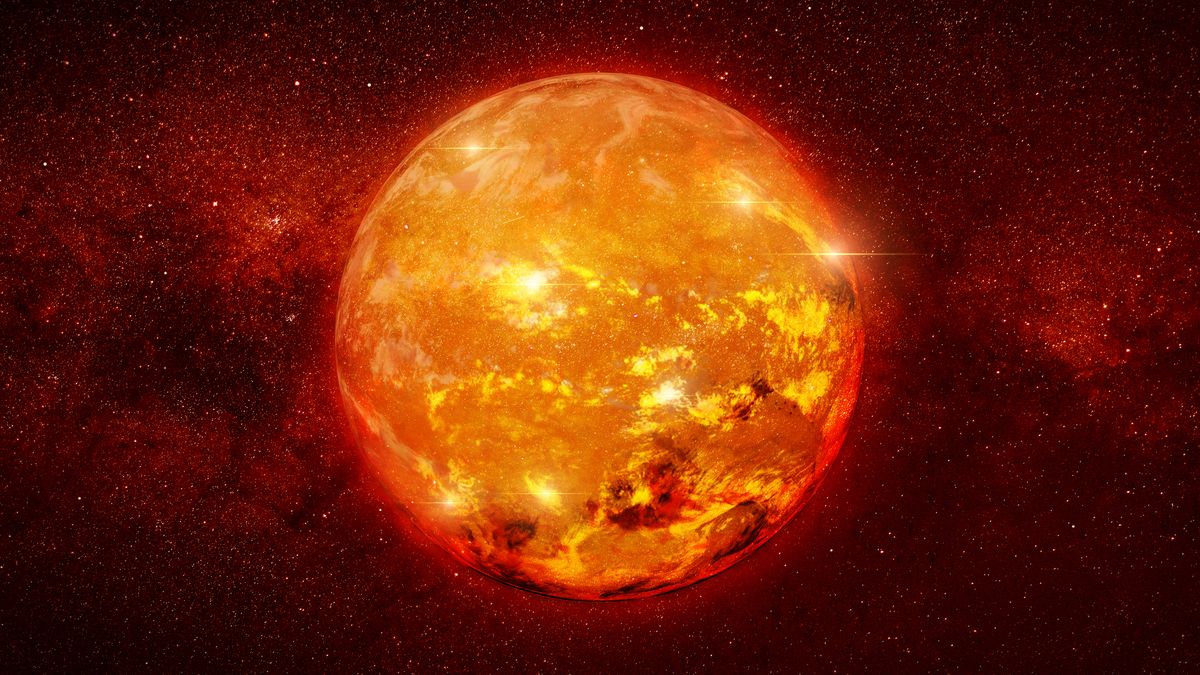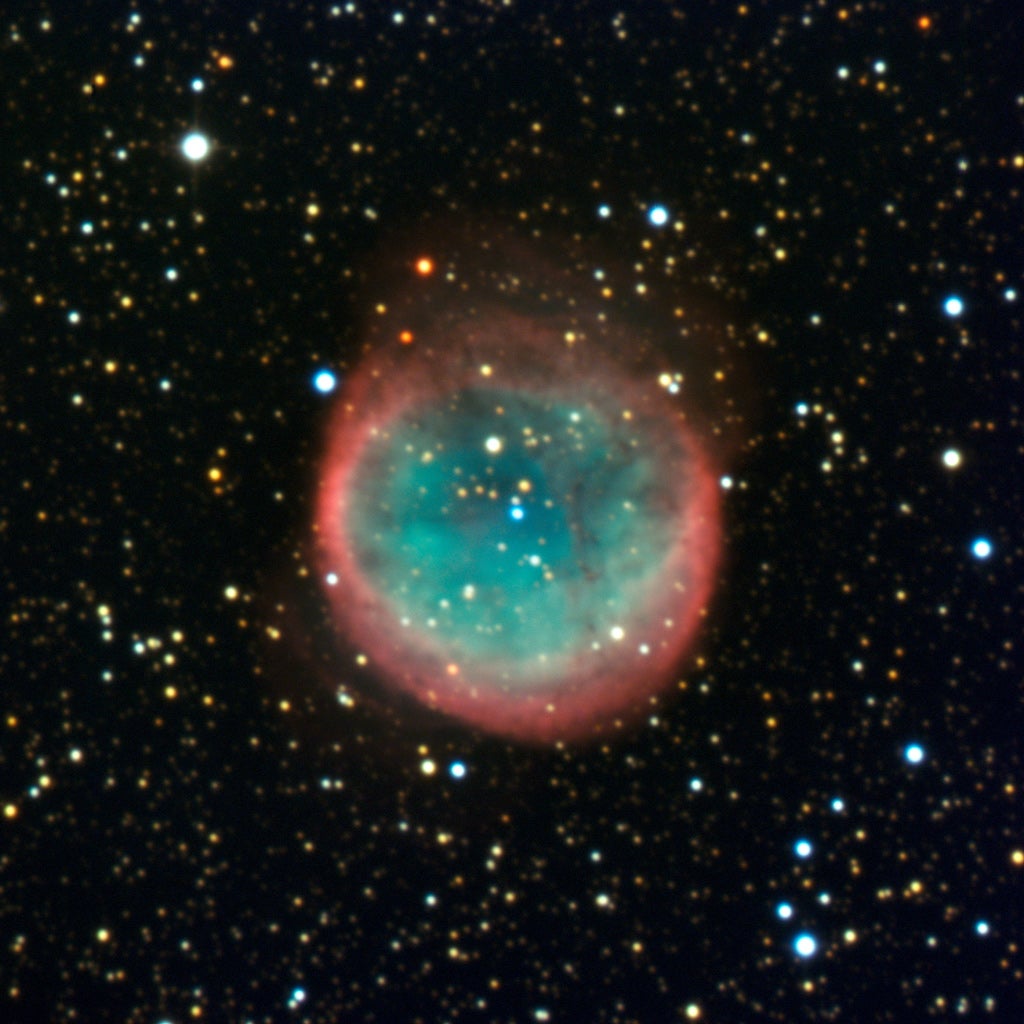How Stars spend their life?
Introduction
Stars, those brilliant celestial orbs that adorn our night sky, undergo a mesmerizing journey known as the stellar life cycle. This cosmic dance involves a sequence of stages, each marked by unique transformations and events that shape the fate of these luminous entities. Join us as we embark on a journey through the intricate life cycle of stars, unraveling the mysteries that unfold in the vastness of space.
1. Birth: Stellar Nurseries
Stellar nurseries, also known as star-forming regions or star factories, are awe-inspiring and dynamic regions within galaxies where the birth of new stars takes place. These cosmic cradles are characterized by vast clouds of gas and dust, primarily composed of hydrogen molecules, which serve as the raw materials for the formation of stars. Gravity plays a crucial role in stellar nurseries, as it acts to pull these immense clouds of gas and dust together, initiating a process known as gravitational collapse. As the material condenses under its own gravitational force, it forms dense, compact regions within the larger molecular clouds. These regions, often referred to as protostars, mark the initial stages of star formation.
The journey from a cold, dark molecular cloud to a blazing star involves various intricate processes, including accretion disks, where material spirals onto the growing protostar, and the eventual ignition of nuclear fusion in the core, heralding the birth of a new star. Stellar nurseries are ubiquitous throughout galaxies, with some of the most well-known examples found in regions like the Orion Nebula. They serve as cosmic laboratories where astronomers can study the mechanisms governing star birth, offering insights into the fundamental processes shaping the universe and the evolution of galaxies over vast cosmic timescales. These celestial nurseries not only contribute to the ongoing stellar population of galaxies but also influence the overall structure and dynamics of the galactic environment. Studying stellar nurseries provides a window into the intricate dance of gravity, radiation, and magnetic fields that orchestrate the formation of celestial bodies, shedding light on the origins and life cycles of stars within the vast tapestry of the cosmos.
2. Infancy: Protostellar Stage
The infancy or protostellar stage represents a pivotal phase in the life cycle of a star, encapsulating the transformative processes from a cold, dense molecular cloud to the emergence of a protostar—a precursor to a fully-fledged star. This early stage is characterized by the gravitational collapse of a molecular cloud's core, where the relentless force of gravity compels the gas and dust to converge, forming a dense, central region known as a protostellar core. Within these cores, temperatures and pressures escalate, triggering the initiation of nuclear fusion—the process by which hydrogen atoms fuse to form helium, releasing energy in the form of light and heat.
As the protostar continues to accrete material from its surrounding disk, it experiences significant growth, evolving through distinct classes such as Class 0, I, and II protostars based on their observational characteristics. During this phase, powerful outflows and jets of material emanate from the protostellar system, sculpting the surrounding environment and influencing the subsequent formation of planetary systems. The protostellar stage is a dynamic period marked by intense stellar winds, magnetic interactions, and the intricate interplay of physical forces, setting the stage for the birth of a new star and its planetary companions. Observations of protostars provide valuable insights into the fundamental processes shaping the formation and evolution of stars, offering a glimpse into the cosmic drama unfolding within these stellar nurseries.
3. Adolescence: Main Sequence
The adolescence of a star marks a crucial transitional period in its lifecycle, characterized by a delicate equilibrium between the forces of gravity, radiation, and pressure. As a young star emerges from its protostellar phase, it enters the T Tauri stage, named after the prototype star T Tauri. During this adolescent phase, the star continues to accrue material from its surrounding protoplanetary disk, while intense stellar winds and radiation pressure from the increasingly luminous central object act to shape and sculpt the remaining circumstellar material.
The T Tauri phase is also marked by heightened magnetic activity, leading to the generation of powerful stellar flares and the expulsion of energetic particles. This dynamic interplay between gravitational contraction and radiation pressure sets the stage for the establishment of a stable, energy-producing core. Over time, as the star approaches the main sequence phase, where it will spend the majority of its life, it undergoes a series of adjustments to achieve a state of equilibrium between the inward pull of gravity and the outward pressure from nuclear fusion reactions occurring in its core. The adolescence of a star is a pivotal chapter in its cosmic journey, influencing not only its own evolution but also shaping the surrounding environment and potentially laying the groundwork for the formation of planetary systems.
4. Middle Age: Red Giant or Supergiant
For stars with masses similar to our sun, the next stage involves expanding into a red giant. Larger stars, however, evolve into supergiants. During this phase, the star undergoes significant changes, expanding in size and becoming more luminous.Red giants represent a mesmerizing and evolved phase in the life cycle of stars, marked by a dramatic expansion and transformation of their outer layers. These celestial giants are typically late-stage, low- to intermediate-mass stars that have depleted their core hydrogen fuel. As a consequence, the core contracts and heats up, while the outer layers expand, causing the star to swell to several times its original size. The name "red giant" is derived from the star's characteristic red hue, a result of its cooler surface temperature compared to the earlier stages of its life.
Red giants are known for their luminosity, often shining thousands of times brighter than the Sun. One of the key processes driving the expansion of red giants is helium shell burning, where helium fusion occurs in a shell surrounding the depleted hydrogen core. This phase introduces powerful stellar winds that can strip away the outer layers of the star, creating a surrounding shell of ejected material known as a circumstellar envelope. The fate of a red giant is intricately tied to its mass; lower-mass stars will shed their outer layers and form a planetary nebula, leaving behind a compact core known as a white dwarf, while more massive red giants may undergo further fusion stages and eventually culminate in a supernova explosion, dispersing heavy elements into space.
Red giants play a vital role in enriching the cosmos with elements essential for the formation of planets and life as their ejected material contributes to the interstellar medium, perpetuating the cosmic cycle of stellar birth, evolution, and death.
5. Grand Finale: Stellar Death
Stellar death is a captivating and intricate cosmic phenomenon that signifies the culmination of a star's life cycle, encompassing a diverse array of outcomes depending on the star's mass. Low- to medium-mass stars, like our Sun, experience a relatively gentle demise. As these stars deplete their core hydrogen fuel, they undergo a series of transformations: first expanding into red giants, then shedding their outer layers to form a planetary nebula, and finally leaving behind a compact remnant known as a white dwarf. The white dwarf gradually cools over cosmic time scales, fading into a cold and dim celestial object. In contrast, more massive stars unleash spectacular and cataclysmic events during their death throes.
These massive stars undergo a series of nuclear fusion reactions, producing heavier elements in their cores until iron is reached. Iron, being the most stable nucleus, cannot sustain further fusion, leading to a sudden gravitational collapse. This collapse triggers a violent and explosive event known as a supernova, where the star briefly outshines an entire galaxy, and its outer layers are ejected into space, enriching the cosmos with heavy elements. The core left behind may collapse further, forming a dense neutron star or, in the case of extremely massive stars, collapsing into a singularity, creating a black hole—a region of spacetime with gravitational forces so intense that nothing, not even light, can escape. Stellar death, therefore, plays a pivotal role in the cosmic recycling of matter, dispersing elements forged in stars into the interstellar medium, fostering the birth of new stars, planets, and potentially life itself.
6. Stellar Recycling: Supernova Remnants and New Star Formation
Stellar recycling is a captivating and fundamental concept in astrophysics, illustrating the continuous cycle of matter within galaxies and the profound interconnectedness of celestial processes. This cosmic recycling begins with the birth of stars in vast molecular clouds, where gravitational forces initiate the collapse of gas and dust, leading to the formation of protostars. As these protostars evolve into fully-fledged stars, they undergo various stages of nuclear fusion, synthesizing elements within their cores.
The culmination of a star's life, whether through a gentle process in the case of lower-mass stars or a spectacular explosion in the case of massive stars, results in the dispersal of enriched material into the interstellar medium. Supernova explosions, in particular, play a crucial role by catapulting heavy elements forged in the stellar core out into space. This ejected material, along with remnants from planetary nebulae and other stellar processes, forms the raw ingredients for the creation of new generations of stars, planets, and even life.
Nebulae and molecular clouds, enriched with these recycled elements, serve as the stellar nurseries for the birth of subsequent stellar populations. The interplay of gravitational forces, radiation, and elemental synthesis in stars ensures that the building blocks of the universe are continually recycled and redistributed over cosmic timescales, creating a dynamic and interconnected web of stellar life cycles that shapes the evolving tapestry of the cosmos. Stellar recycling, therefore, stands as a testament to the cyclical nature of the universe, where the remnants of past stars contribute to the formation of future celestial bodies, perpetuating the cosmic dance of creation and destruction.
Conclusion
The life cycle of stars, a cosmic ballet unfolding over millions to billions of years, showcases the dynamic and interconnected nature of the universe. From the serene birth in stellar nurseries to the fiery grand finale, stars leave an indelible mark on the fabric of space. As we gaze up at the night sky, let us marvel at the intricate dance of these celestial entities and ponder the profound mysteries of the cosmos.






Comments
Post a Comment